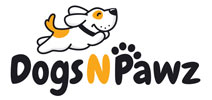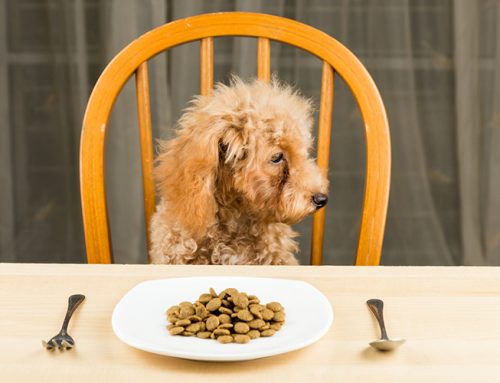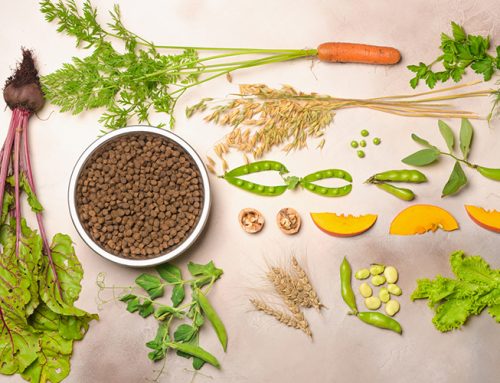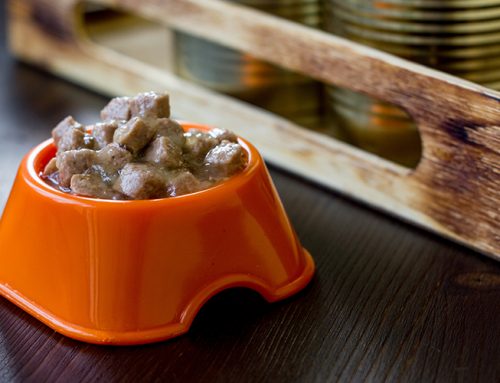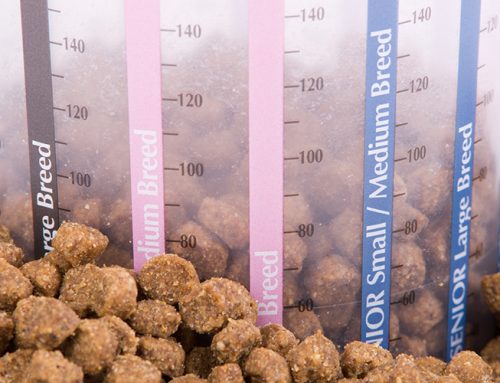Little dogs can have huge personalities and outsized appetites that can lead to them not getting the right nutrition.
The American Kennel Club has a long list of dogs considered small breeds — everything from Norfolk Terriers to Chihuahuas or Pomeranians. They’re all adorable, pint sized friends.
Tiny dogs are different then teacup dogs. Tiny or small dogs weigh around six to 14 pounds and teacup breeds tend to weigh around four pounds. While they are cute pets, the American Kennel Club doesn’t actually register or endorse teacup breeds.
Sometimes, pet owners think their small dogs don’t need as much exercise as regular-sized breeds, which can lead to their dogs becoming sedentary and overweight. But exercise is great for a dog’s mental health, no matter their size. It’s important to make sure your tiny friend gets time to run, walk and play, and that treat consumption factors into your meal planning.
In a list of small breeds most prone to becoming overweight, the article states that for a Yorkie, “One small cookie is the caloric equivalent of one whole hamburger for a human.”
Despite their size and cuddliness, Yorkies need a lot of activity.
At least 30 minutes of exercise is recommended for most small dogs, even if it seems like all the dog wants to do is fall asleep in your lap. Other small dogs, like Pugs, Shih Tzus, and Tibetan Terriers need an hour of exercise. Pugs and Dachshunds also need activity to keep slim. Overweight Dachshunds suffer from pressure on their spines and Pugs may be naturally roly poly, but they need activity so they don’t become overweight.
It’s easy to provide small dogs far too many treats, which exacerbates the weight issue. Every calorie counts for their little tummies and a frozen piece of carrot or broccoli can provide the crunch your dog loves, while not contributing significant calories to their daily consumption.
What to feed your small breed puppy
There are two broad categories of dog food: one designed for adult dogs and one designed for puppies. Puppies have different nutrition needs than adult dogs and giving them adult food means they won’t get all the protein and fat they need.
Association of American Food Control Officials, or the AAFCO provides technical information and explanations on the ideal food values for both puppies and adult dogs in a report titled Methods for Substantiating Nutritional Adequacy of Dog and Cat Foods. The guidelines are nutrient profiles based on dry matter.
The major differences are in protein and a few key areas.
- The report recommends food for puppies contain a minimum of 22.5 percent crude protein, while adult food should have a minimum of 18 percent crude protein.
- Puppies food should offer 8.5 percent crude fat, while adult food should provide about 5.5 percent crude fat.
- Recommended mineral percentages are higher for puppies, but recommended vitamin intake is the same for puppies and adults.
“Small breed puppies, especially toy breeds, require careful feeding to prevent a condition called hypoglycemia,” the American Kennel Club (AKC) notes on its website. “This means they need to be fed a calorie-dense, small breed puppy food…”
There are small-sized kibbles and food products designed especially for small breed puppies. The smaller kibble makes it easier for puppies to eat without choking.
Small breed dogs generally reach 80 per cent of their adult size by nine to 10 months old. Then, it’s adult dog food time! Otherwise, your dog may run the risk of becoming overweight because of the nutritional density of puppy food.
What to feed your adult small breed dog
Determining the exact right amount of food for your dog requires a little legwork, some research, guess and testing, and refining. Dogs need sufficient calories to maintain a healthy body weight and prevent nutritional deficits.
There are factors to consider when determining how much food your dog needs.
Exercise
Treats (for training or as a reward)
Weight (is your dog underweight or overweight?)
Pre-existing medical conditions
Type of food
Most dog food manufacturers provide serving guidelines based on a dog’s weight on the food packaging, but these often need to be adjusted based on the factors above. An extremely active small dog getting an hour and a half of exercise per day may need more food than a dog only getting two fifteen minute jaunts around the block.
Dogs under 10 pounds (considered toy dogs) may not need any more than half a cup of food per day. Small dogs (10 to 20 pounds) eat between ¾ cups per day to 1 ⅔ cups per day. The amounts also depend on the caloric density of the food they are getting.
“Small breed adult dogs require more calories per pound than large dogs, and they also need smaller kibbles, which is why diets especially formulated for small breeds are usually best,” the AKC says. “However, while small dogs might need more calories per pound than larger dogs, that does not mean that owners should overfeed them.”

When to feed your small dog
Any dog of any size can get bloat, or Gastric Dilatation and Volvulus (GVD), a life-threatening condition that occurs when a dog’s stomach fills with gas, and then twists on itself so that the exit and the entrance to the stomach are blocked. The only treatment is immediate surgery.
Small dogs with deep chests, like a mini Daschund, can get bloat, although large dogs are in a higher risk category. GVD usually occurs several hours after eating a large meal, but can happen anytime. According to VCA Hospitals, older dogs (aged seven to 12 years) can be at a higher risk, but so can being thin or underweight, or having a nervous temperament — something often associated with small dogs.
To reduce risk:
Limit water intake around meals
Prevent your dog from gulping or inhaling its meals
Don’t feed your dog for an hour after exercise
Wait three hours after eating before exercising your dog
Provide smaller, more frequent meals
